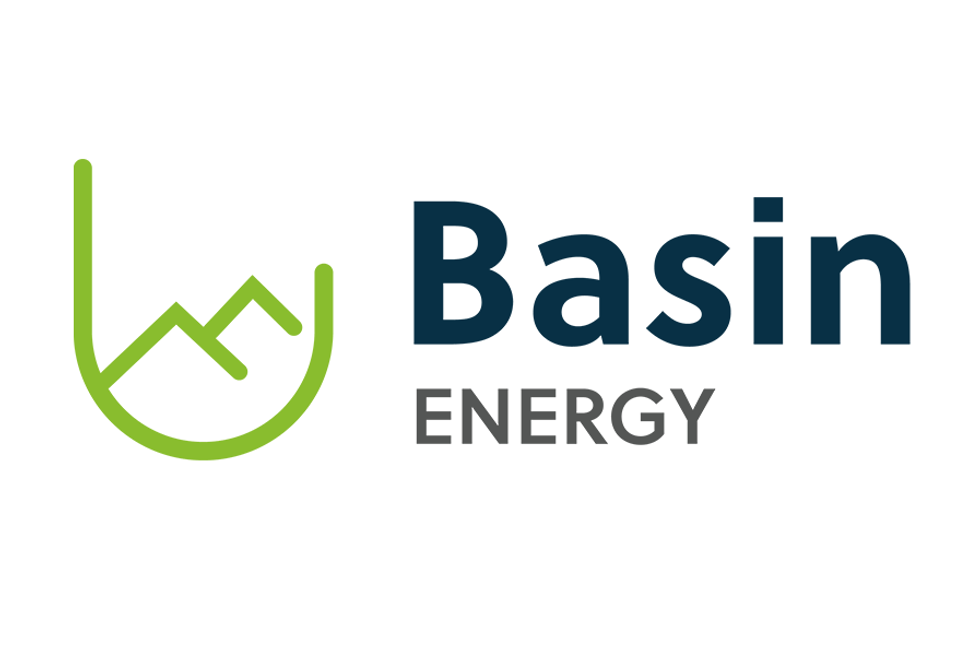UxC’s Philip Johnson: America’s Nuclear Energy Landscape Pre-Election

Energy remains important in the American political arena even as new and long-term issues take center stage ahead of November’s election.
Energy production and procurement are paramount concerns in most countries, and the US is no exception. And even though many new and long-term issues are taking center stage ahead of November’s election, energy remains an area of particular importance.
Currently, 38 percent of America’s electricity is generated using natural gas, and an additional 23 percent comes from the burning of coal. Nuclear energy accounts for roughly 20 percent, while the final portion of approximately 20 percent is a mix of renewables and clean energy.
Nuclear energy has been a hard sell in decades past, but some countries around the world have determined that it’s a crucial component in establishing reliable energy grids that are less pollutive.
For the approaching election, nuclear energy is included in the campaign platforms for both President Donald Trump and Democratic candidate Joe Biden.
The Trump campaign didn’t adopt a new platform for the election, instead reiterating the 2016 version.
In terms of energy, it shows support for the “development of all forms of energy that are marketable in a free market economy without subsidies, including coal, natural gas, nuclear power and hydropower.” The GOP has also worked to lift restrictions allowing for “the responsible development of nuclear energy.”
For his part, Biden has moved his party away from its once anti-nuclear stance towards one that would embrace nuclear energy research as a way of tackling climate change.
To better understand the complexities of the American nuclear sector, the Investing News Network spoke with Philip Johnson, vice president of fuel cycle at UxC, a nuclear market research and analysis firm based in the US. Here’s what he said ahead of the upcoming election.
Investing News Network (INN): The Trump campaign is using its 2016 energy platform again this time around. It states that 20 percent of the country’s electricity is generated by nuclear power, pointing out that only a handful of plants have been built in the last three decades. Over the last four years have new plants come online or been commissioned?
Philip Johnson (PJ): Only one new nuclear reactor was commissioned over the past four years in the US: Unit 2 of the Tennessee Valley Authority’s (TVA) Watts Bar nuclear power plant in Tennessee, which was brought online in October 2016.
But it should be noted that Watts Bar 2 was not a new reactor spawned from the “nuclear renaissance” era in the early 2000s, but rather it commenced construction in the 1970s only to see the project suspended in the mid-1980s. TVA decided to restart construction on the partially built unit in 2007, and brought the unit into commercial operation in late 2016. So while Watts Bar 2 is a new unit brought online during the specified timeframe, it is not necessarily a “new” reactor.
On the other hand, four Westinghouse AP1000 reactor projects broke ground in 2013 at two plant sites: Units 2 and 3 at the Summer nuclear power plant in South Carolina and Units 3 and 4 at the Vogtle nuclear power plant in Georgia. After significant cost and schedule overruns, and the eventual bankruptcy declaration of prime contractor Westinghouse in 2017, the two reactors at the Summer plant were scrapped, while the other two reactors at Plant Vogtle in Georgia are currently nearing the commissioning stage, targeted for startup in November 2021 and November 2022, respectively.
INN: Has electricity output from nuclear power increased?
PJ: Focusing on just the US market specifically, the US nuclear fleet has shrunk to 96 reactors, down from 99 units online in 2018. Yet it should be noted that even amid a wave of premature retirements, US reactors are operating at record capacity factors and electricity output amid the some of the lowest per MWh costs in a generation.
For example, in 2019, US nuclear plants achieved their highest electricity generation total ever at 809.4 billion kWh, which is up from 797.2 billion kWh in 2014.
In addition, US reactors generated that record amount of power at an industry average of US$30.42 per MWh in 2019, which is down 8 percent compared to US$32.91 in 2018. So while US reactors are operating at optimal efficiency, they still are not being appropriately valued in the US energy markets.
Moreover, the US Energy Information Administration issued a report in January 2020 that projects US nuclear power generation will decline through the 2020s due to additional reactor retirements.
INN: The current administration likes to use the term “energy independence,” and points to the oil and gas sector. However, if 20 percent of electricity is generated by nuclear, shouldn’t nuclear be part of that conversation?
PJ: Absolutely. And the Trump administration has looked at several policy initiatives to keep the US fleet afloat. However, these initiatives have been met with minimal positive returns. Nuclear energy provides so many benefits that all politicians should be able to get behind, including reliability, fuel resiliency, dispatchability and 100 percent carbon-free baseload generation. All these reasons point to why nuclear power is starting to garner additional support across the political spectrum.
However, the key issue facing nuclear energy today is its inability to compete with very cheap natural gas and subsidized renewable energy capacity in competitive markets like the PJM Interconnection in the mid-Atlantic/midwest.
Since 2013, a total of 11 US reactors have been closed prematurely — with nearly all of them shuttered because of economic challenges. And more well-functioning units are slated for premature retirement, as Exelon (NASDAQ:EXC) announced in August that it plans to shutter the Dresden and Byron nuclear power plants in Illinois in late 2021 if it does not get state support for those reactors.
Another four units — two in California, and one each in New York and Michigan — are also already slated for closure between 2022 and 2025.
INN: The Biden campaign talks about integrating small modular reactors (SMRs) if elected — would SMRs be appropriate for America’s energy needs? Is there a leading American SMR company that would be the manufacturer of choice?
PJ: It should be noted that the Democratic Party platform, released a few weeks ago, indeed said it now favors a “technology-neutral” approach toward meeting its carbon abatement goals, and thus nuclear energy is now considered a de facto viable energy source to meet the party’s climate goals.
This is noteworthy because the party has not officially listed nuclear as a preferred energy source for nearly 50 years.
Concerning SMRs, while these novel reactor designs are certainly on the cutting edge of new nuclear technology, there are still considerable challenges to making these new designs commercially viable.
The primary near-term SMR prospect in the US is a project to construct 12 NuScale power modules at the Department of Energy’s Idaho National Lab. However, it was recently reported that the project’s cost estimate has nearly doubled to US$6.1 billion for 720 MWe of total capacity.
The US has several other SMR and advanced reactor developers, some of whom are gaining traction through both government and private financial support.
There is a real opportunity to replace aging coal and other generation as well as integrate SMRs into a future power system with greater renewables. Still, the economics need to make sense, and while SMRs could become viable candidates to comprise the next fleet of US reactors, right now there is still a disconnect between aspirations and reality.
Don’t forget to follow us @INN_Resource for real-time updates!
Securities Disclosure: I, Georgia Williams, hold no direct investment interest in any company mentioned in this article.
Editorial Disclosure: The Investing News Network does not guarantee the accuracy or thoroughness of the information reported in the interviews it conducts. The opinions expressed in these interviews do not reflect the opinions of the Investing News Network and do not constitute investment advice. All readers are encouraged to perform their own due diligence.





